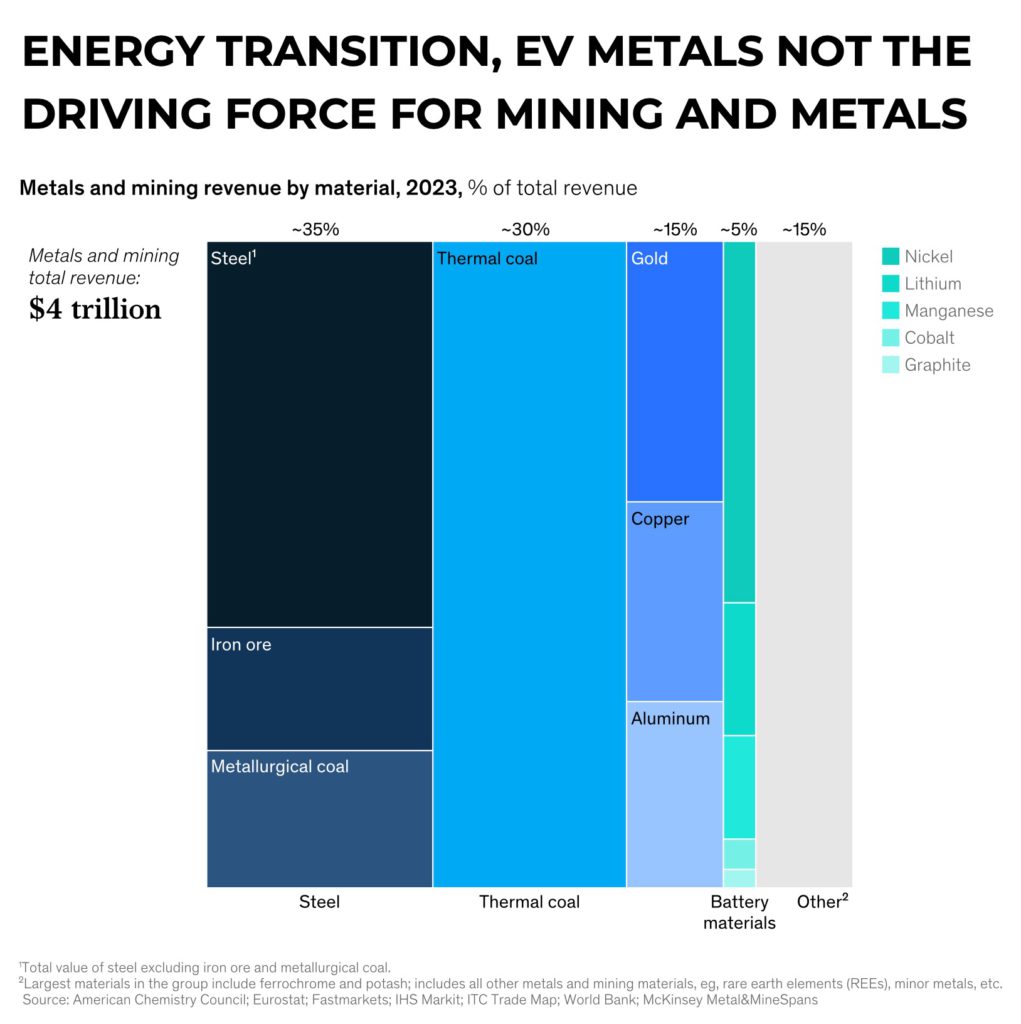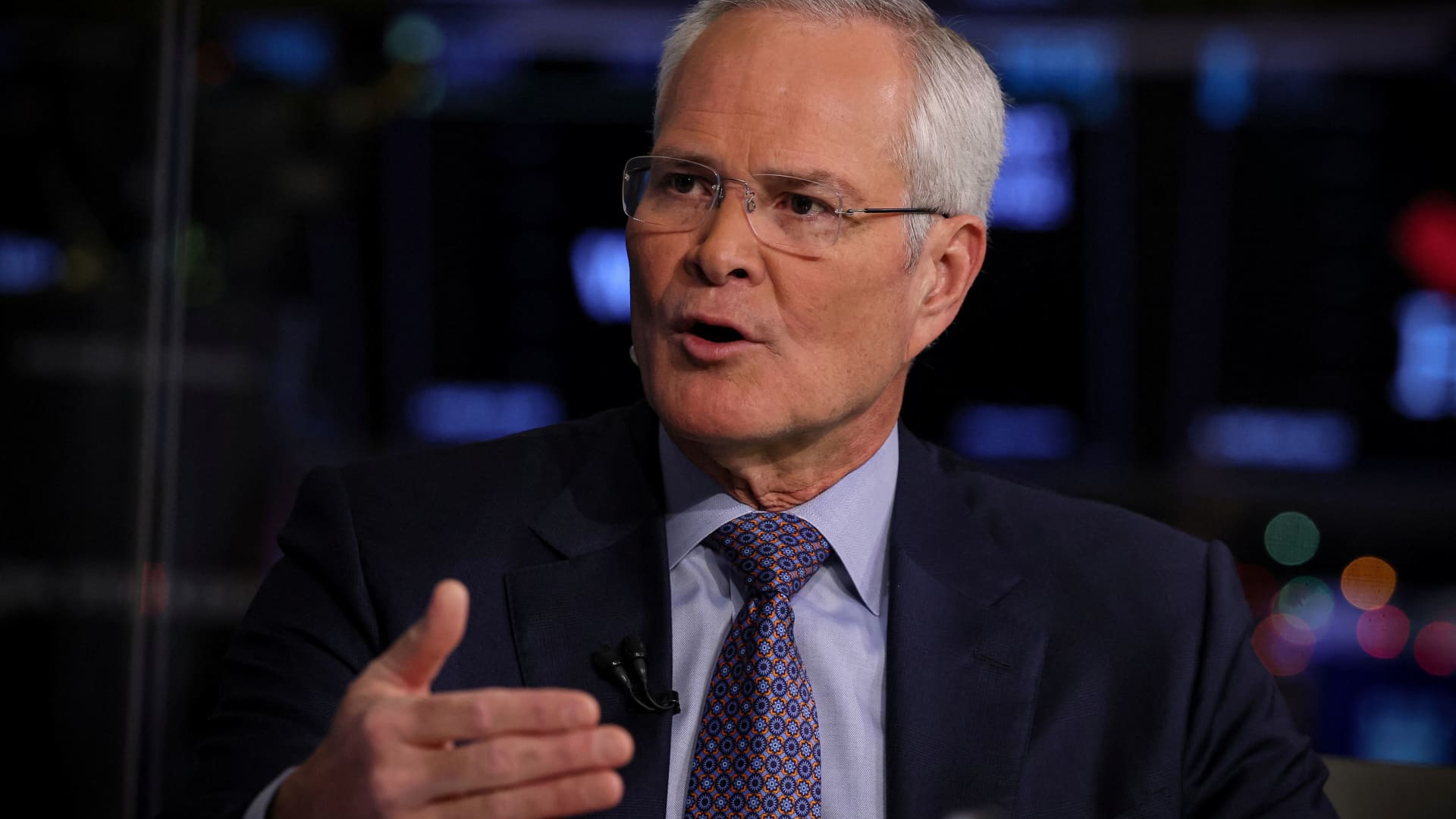Goldman Sachs says planned energy transition is driving stocks, picks its ‘best-in-class’ names


What drives stock prices up or down? According to Goldman Sachs, one factor increasingly determining them is how much effort a company puts into making an energy transition. “Carbon is increasingly becoming a factor that impacts stock selection and equity valuation, driven by growing regulatory pressure and net zero investment strategies,” the investment bank wrote in an August report. Reaching net-zero emissions by 2050 — a target set in the Paris Agreement — would require much more investment in clean energy. According to the the International Energy Agency , that means a jump of more than three times to around $4 trillion annually by 2030. Goldman recommends another way: assessing firms based on how energy-efficient they are. “Looking ahead, we also believe energy efficiency improvements will rise as an important theme for investors globally, given various national concerns around energy security and energy scarcity,” Goldman analysts wrote. “We believe investors will look to reward energy efficiency improvers,” they added. Stock picks Goldman identified buy-rated companies that rank well for cutting their energy use, and where it says energy efficiency will play a key role in these companies’ competitive positioning in the long term. Goldman measured how firms have improved energy efficiency relative to their own history — on a rolling three-year basis — and how that rate of reduction compares with their industry peers. The bank divided the stocks into two categories: high and low carbon-intensiveness. Highly carbon-intensive sectors are those that have a relatively high level of indirect emissions, and include retail, transport infrastructure and consumer durables. Goldman says that category of firms is relevant for investors looking to manage their portfolios’ total carbon exposure. The bank’s picks in this category include U.S. mining firm Newmont and American packaging firm Ball . Sectors with low carbon-intensiveness are firms in which indirect emissions contribute to a significant majority of their total carbon footprint. Goldman says these sectors may have “best-in-class performers” on energy reductions. Such sectors include banks, real estate, semiconductors, and tech hardware. Some of the bank’s picks in this category are Apple supplier AAC and American retailer Bath & Body Works . This post has been syndicated from a third-party source. View the original article here.




